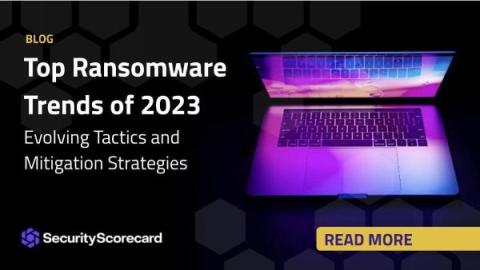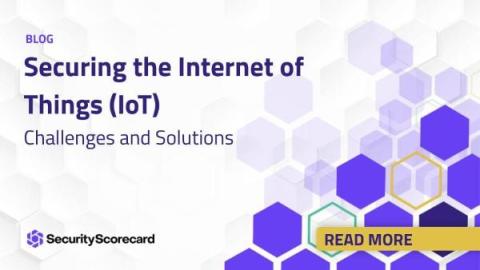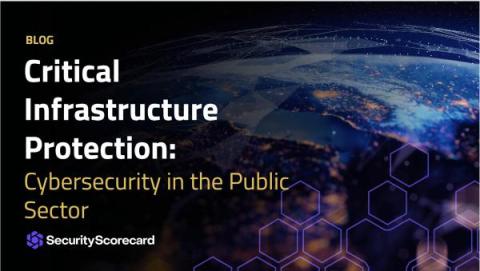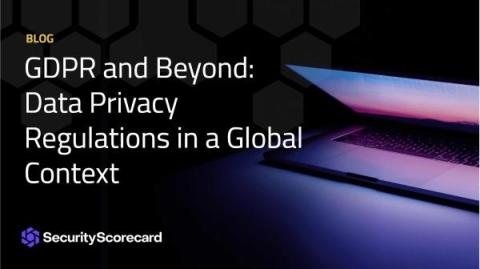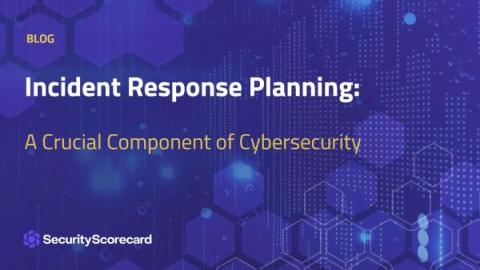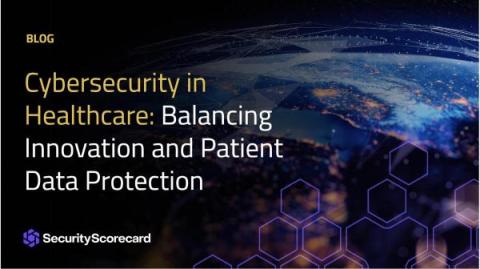Top Ransomware Trends of 2023
In recent years, the landscape of cyber threats has witnessed a dramatic shift, with ransomware emerging as a formidable and ever-evolving menace. As organizations and individuals become increasingly dependent on digital infrastructure, cybercriminals are quick to adapt their tactics, making it crucial to stay abreast of the latest trends in ransomware.


